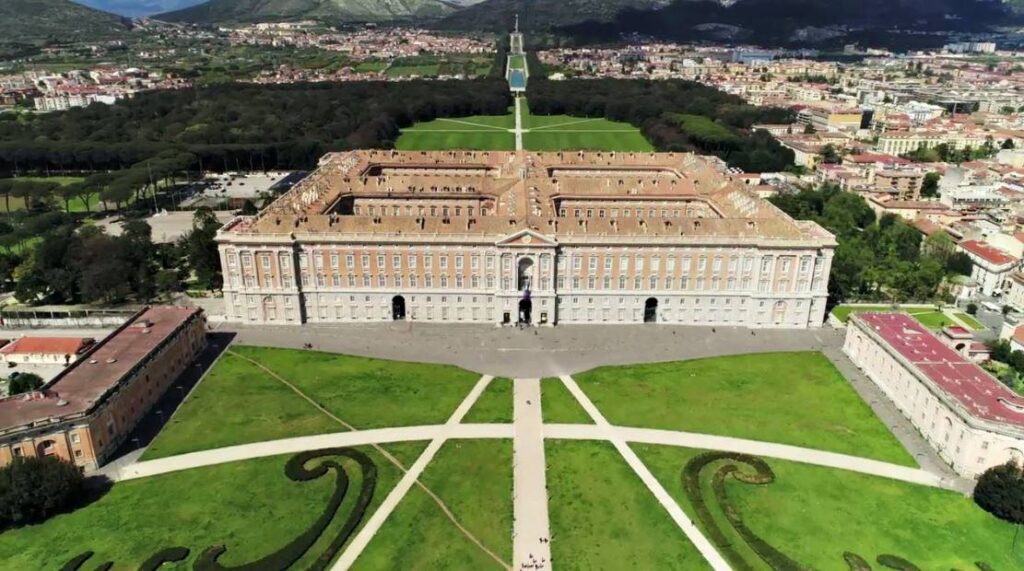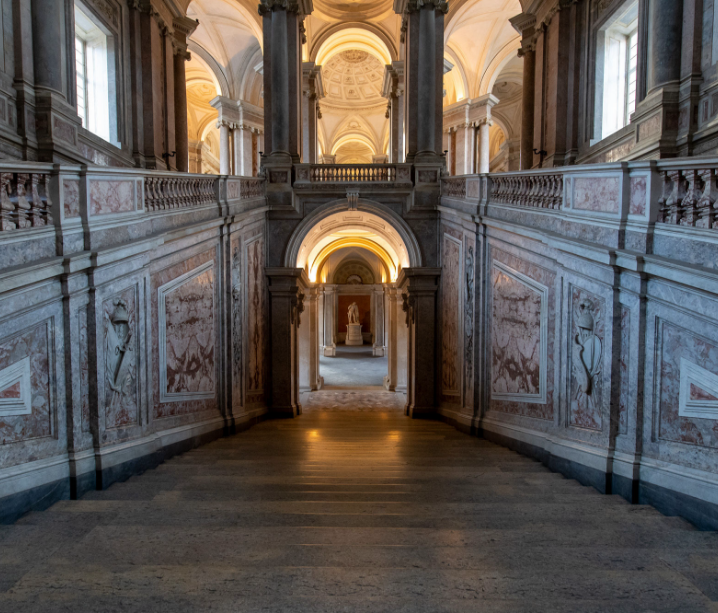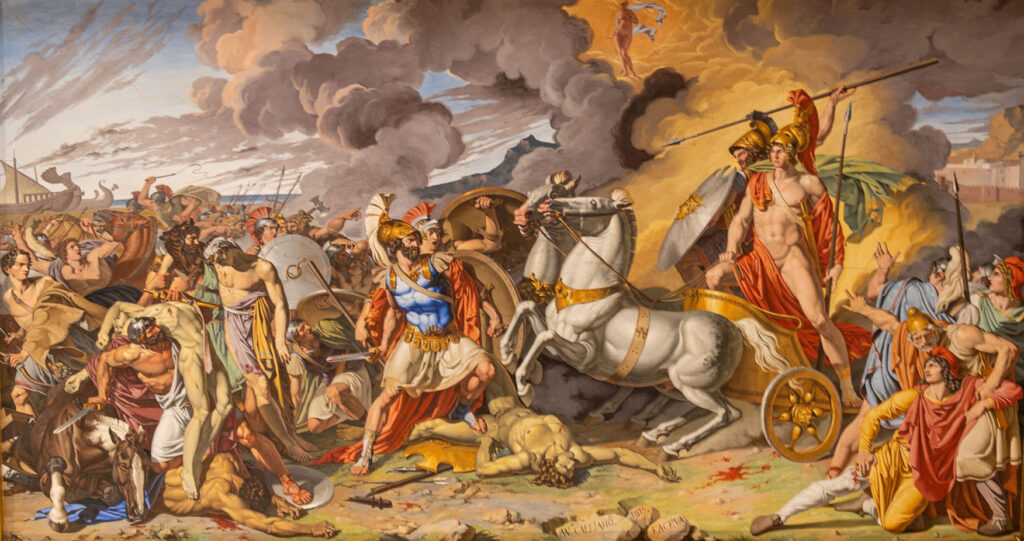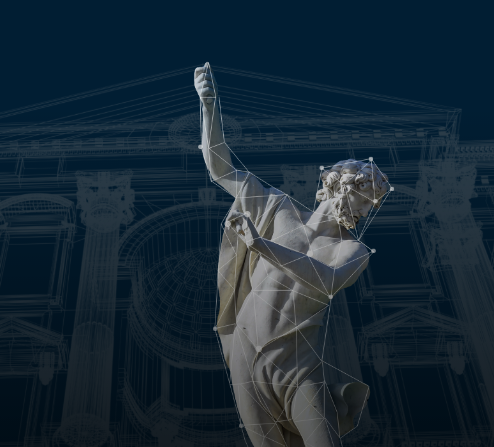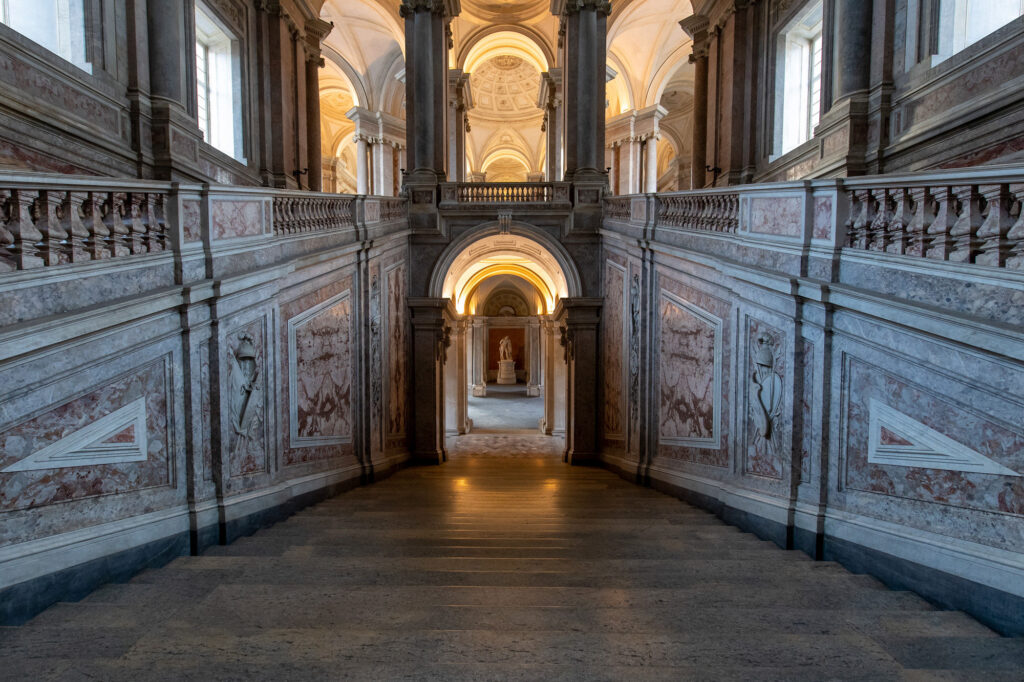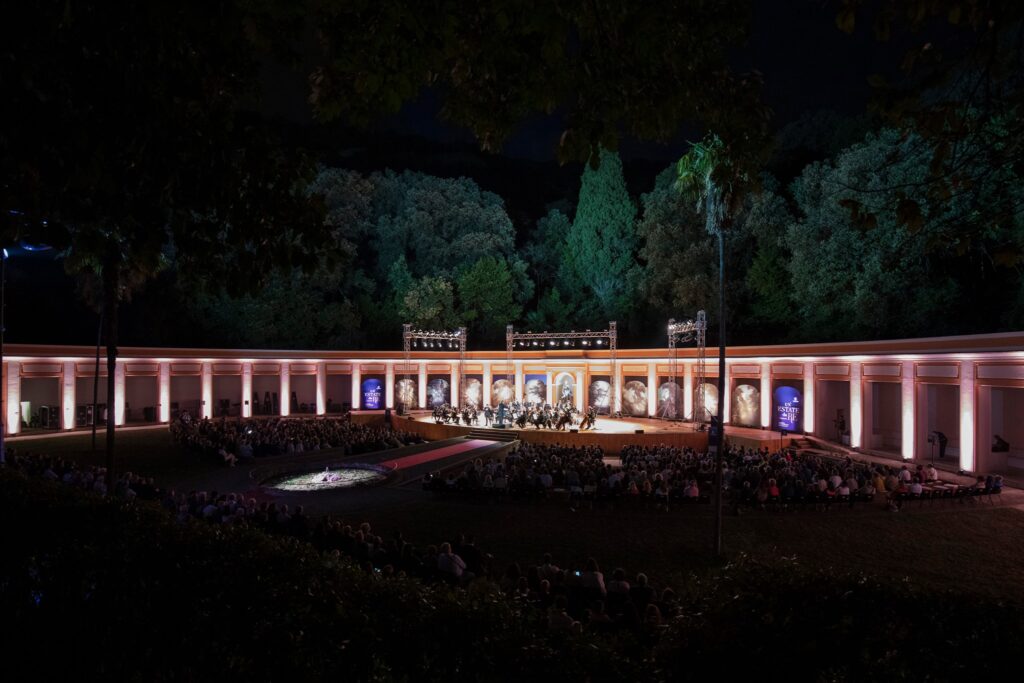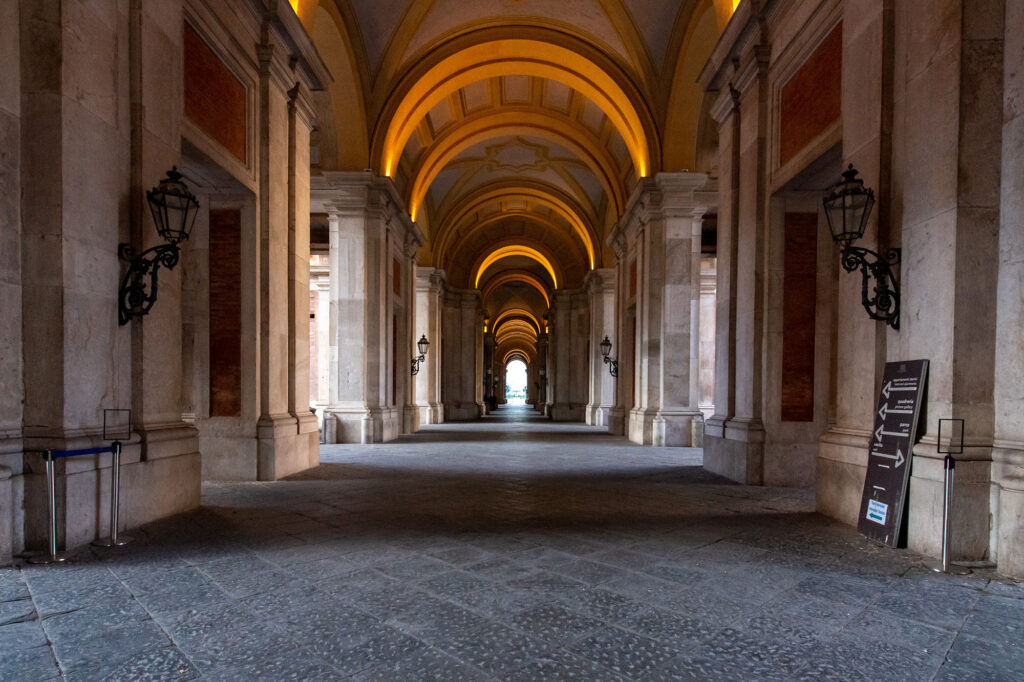Temple of the Muses and pride of the queens
The library is the third distinctive place of a royal house along with the theatre and the chapel, a symbol of civilization promoted by the sovereigns.
Founded by Maria Carolina, the Palatine Library is spread over three consultation rooms, preceded by two reading rooms. With its over 14,000 volumes of literature, history, philosophy, theater, law and military art, the library collection of the Palatine Library contains the most significant examples of European and Neapolitan culture, mirroring the literary taste of its owners: Maria Carolina of Habsburg , Caroline Murat and Ferdinand II. The two queens were mainly responsible for the growth of the collection over time.
The neoclassical decoration of the rooms corresponds to the humanistic conception which considered the library the “temple of the Muses”.
Today Palatine Library’s book heritage is accessible only by reservation for proven reasons of study and research.
 Find out more
Find out more
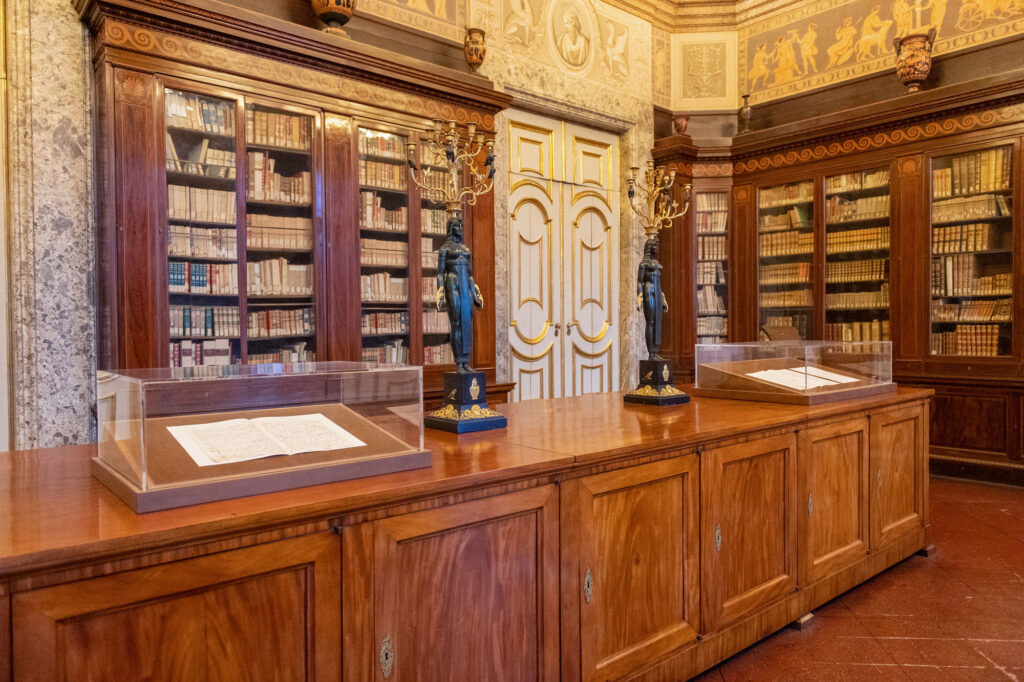
Shelves and Furniture
The first and third room of the Library still retain the original eighteenth-century mahogany shelves, true masterpieces capable of combining functionality and aesthetics.
The third room contains two wooden painted globes, one celestial and one terrestrial, made in Paris by the geographer Robert de Vaugondy.
La terza sala conserva due globi di legno dipinto, uno celeste e uno terrestre, realizzati a Parigi dal geografo Robert de Vaugondy.




Füger’s Masonic Paintings
In 1782 Queen Maria Carolina called the German painter Heinrich Friedrich Füger to fresco the third room of the Palatine Library. The four monumental paintings were to celebrate the triumph of the arts and sciences during the enlightened reign of Maria Carolina and Ferdinand IV. This unifying theme hid an esoteric message, clearly evident to the queen and the painter, both sympathizers of Freemasonry. The fresco known as The School of Athens is the one that most explicitly refers to Masonic ideology: under the guise of a classic scenario, the representation of an initiatory ceremony is supposedly hidden.




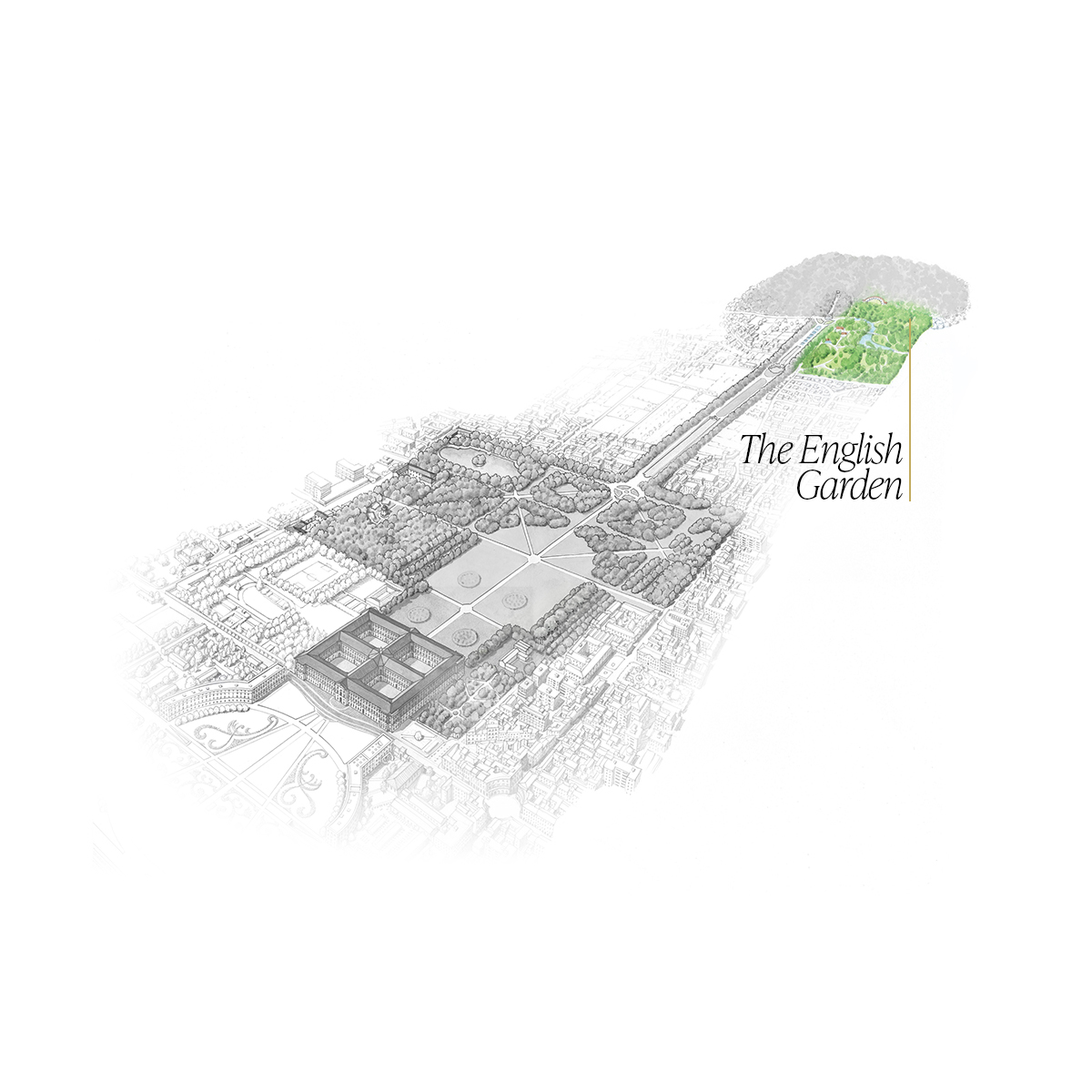

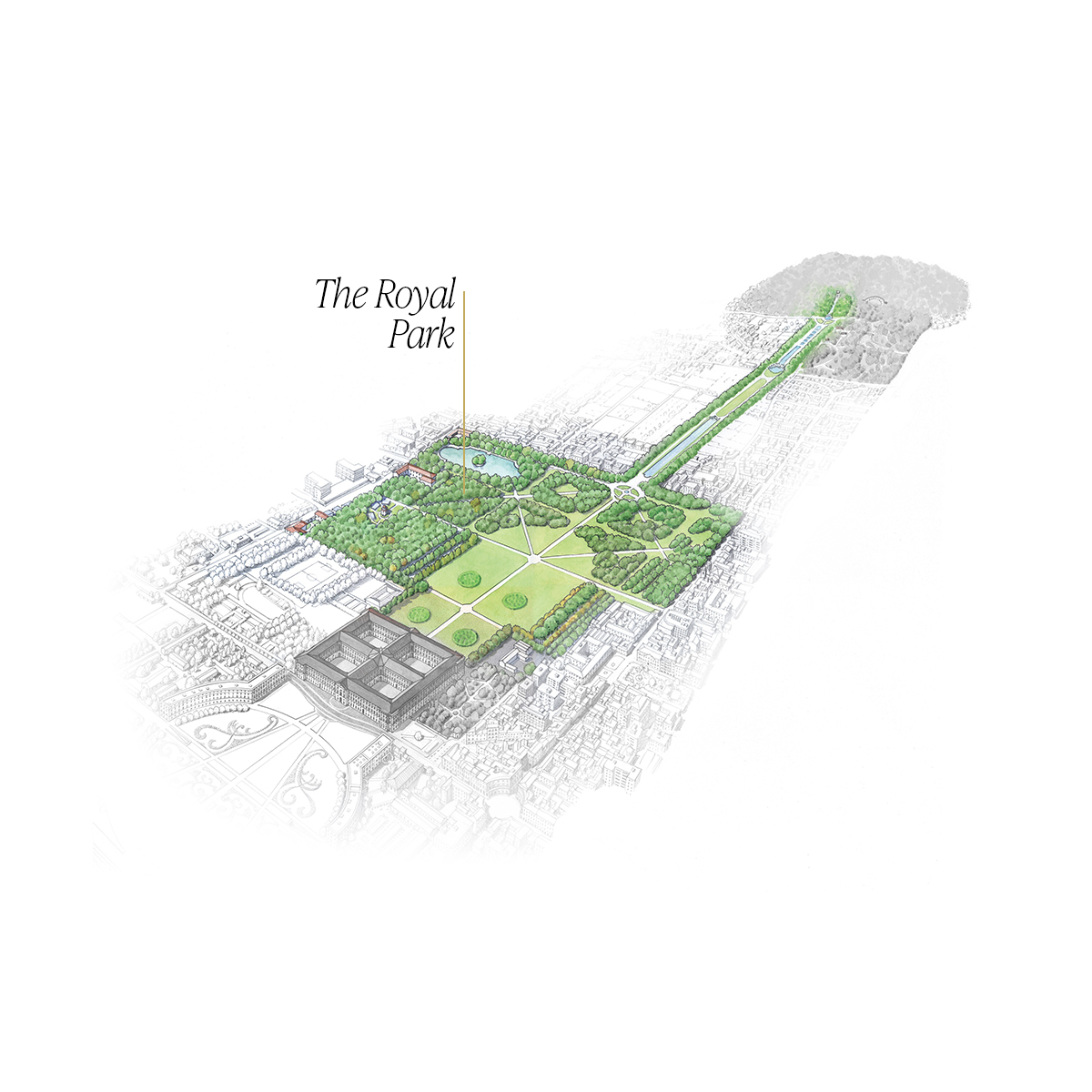
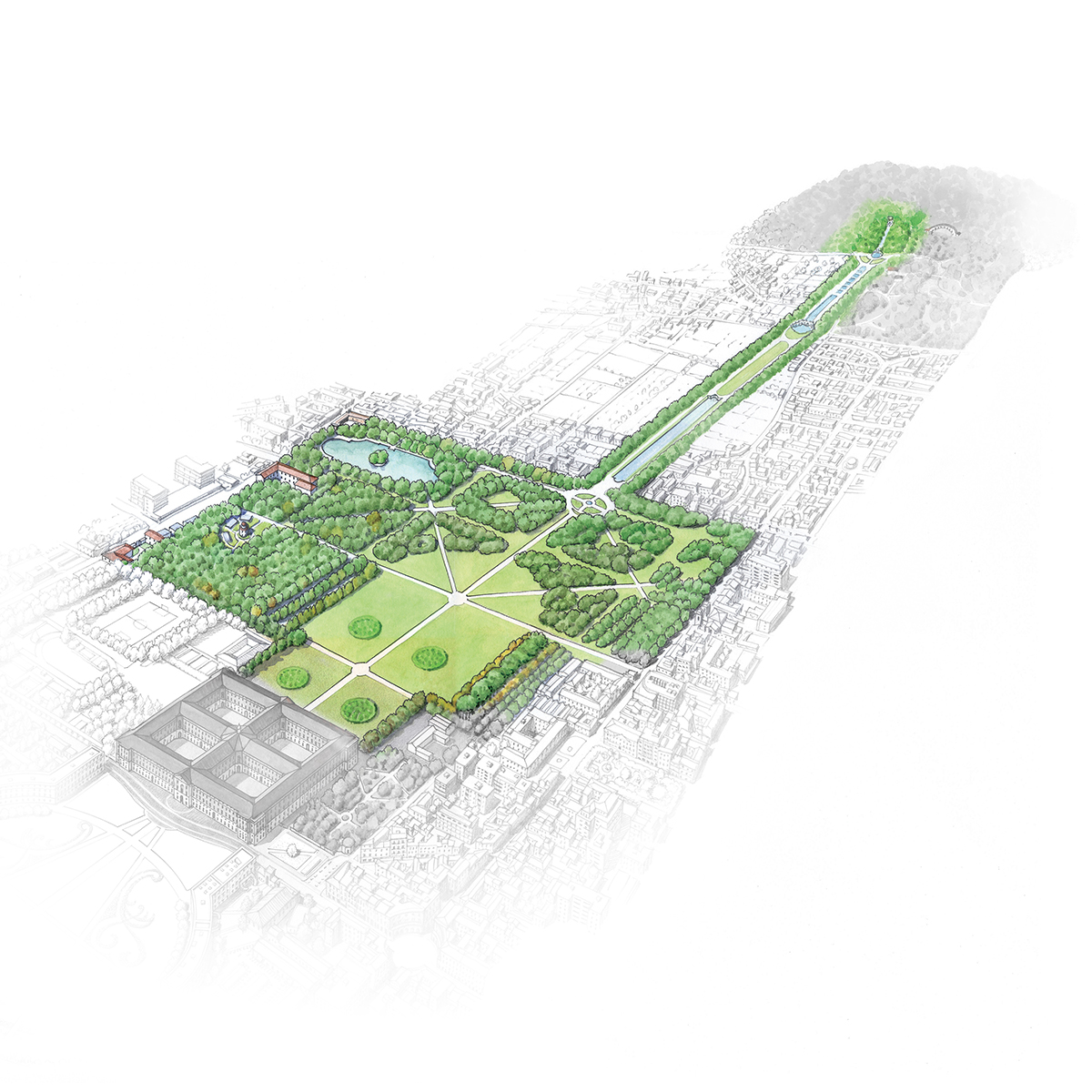
 Via d'acqua
Via d'acqua Castelluccia
Castelluccia Peschiera
Peschiera The Fountain of Dolphins
The Fountain of Dolphins The Fountain of Aeolus
The Fountain of Aeolus The Fountain of Ceres
The Fountain of Ceres The Fountain of Diana and Actaeon
The Fountain of Diana and Actaeon The Fountain of Venus and Adonis
The Fountain of Venus and Adonis The waterfall and Torrione
The waterfall and Torrione The Bosco Vecchio (Old Wood)
The Bosco Vecchio (Old Wood) The Margherita Fountain
The Margherita Fountain





